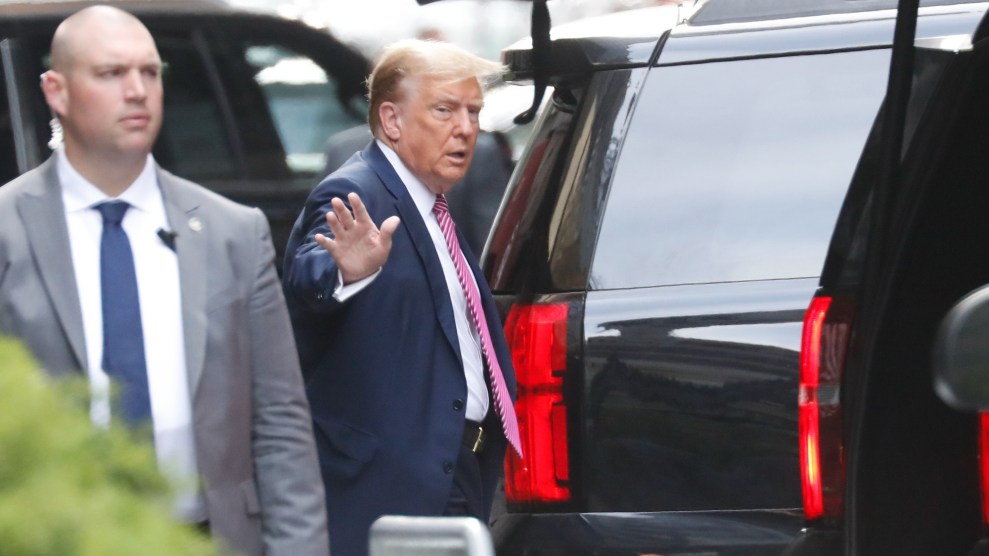Jacob Bogage tells us that backup cameras in cars aren’t really helping that much:
Backup cameras have been around longer than other car safety tech, so the federal government has years of data on their effect. Between 2008 and 2011 — the most recent years for which data was made available by NHTSA — backup cameras more than doubled from 32% to 68% of all new cars sold. But injuries fell less than 8%, from about 13,000 down to 12,000. The improvement in safety has been very gradual from year to year.
The fatality rate has improved somewhat, dropping 31% over the same period. But the sample size is small — deaths from cars moving in reverse are relatively rare. NHTSA’s research shows deaths declined from
274 to 189 between 2008 and 2011, and the number was volatile year to year.
My current car is the first I’ve driven that has a backup camera, and this story doesn’t surprise me. As near as I can tell, using a backup camera requires you to change your driving habits, and it took me a while to figure that out. The most basic problem is that backup cameras—like most video screens—beg for your attention, and if you give in to that temptation you might very well be driving less safely than without a camera. The problems are pretty obvious:
- If your attention is focused on the camera, you aren’t checking the traffic in front of you. But when you back out of a parking spot, for example, cross traffic is coming at you in both directions.
- Backup cameras have an extreme wide-angle view, which is obviously useful. However, it also makes any object more than a few yards away look tiny. Even cars can be easy to miss sometimes, and smaller objects like children, dogs, and so forth can be all but invisible.
- Despite their wide angle, sometimes cars don’t enter the camera’s sightlines until they’re quite close.
- Most backup cameras just aren’t very good. Their imaging starts out mediocre just by virtue of using tiny lenses and sensors. And it only gets worse from there. Their imaging is poor at night. Their imaging is poor when the camera faces the sun. Their imaging is poor in bad weather. Their imaging is poor when the background is busy. Their imaging is poor when the lens gets dirty.
So how should you drive with a backup camera? Ironically, you need to change your driving habits back to what they were before you got a backup camera. That is, you should treat it as simply another window. Don’t obsess over it. Crane your neck and check all your windows and your rearview mirror and your backup camera. In other words, drive just like you used to except with one additional window. Too many people treat backup cameras as a substitute for all their other windows, instead of an addition to them.

















